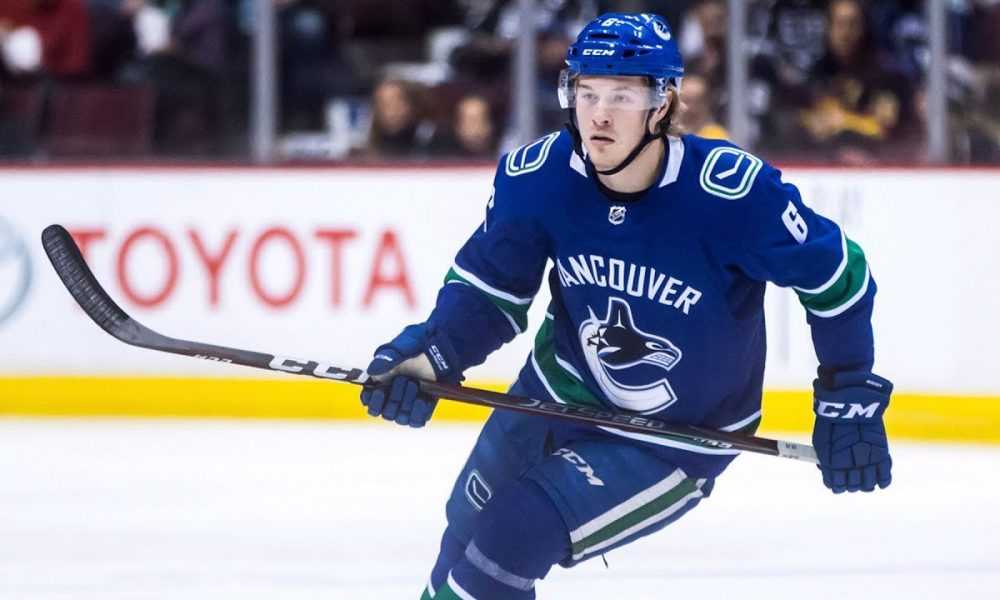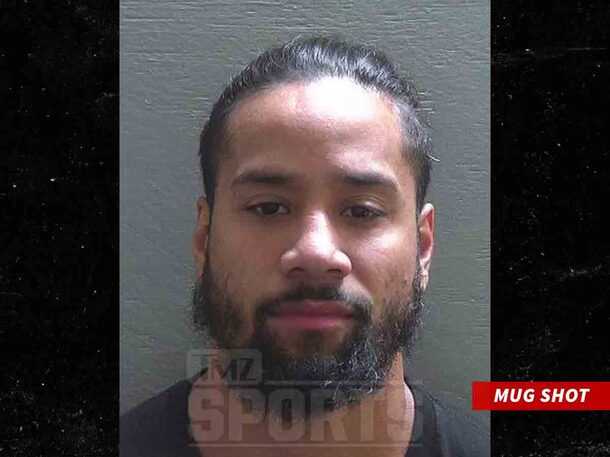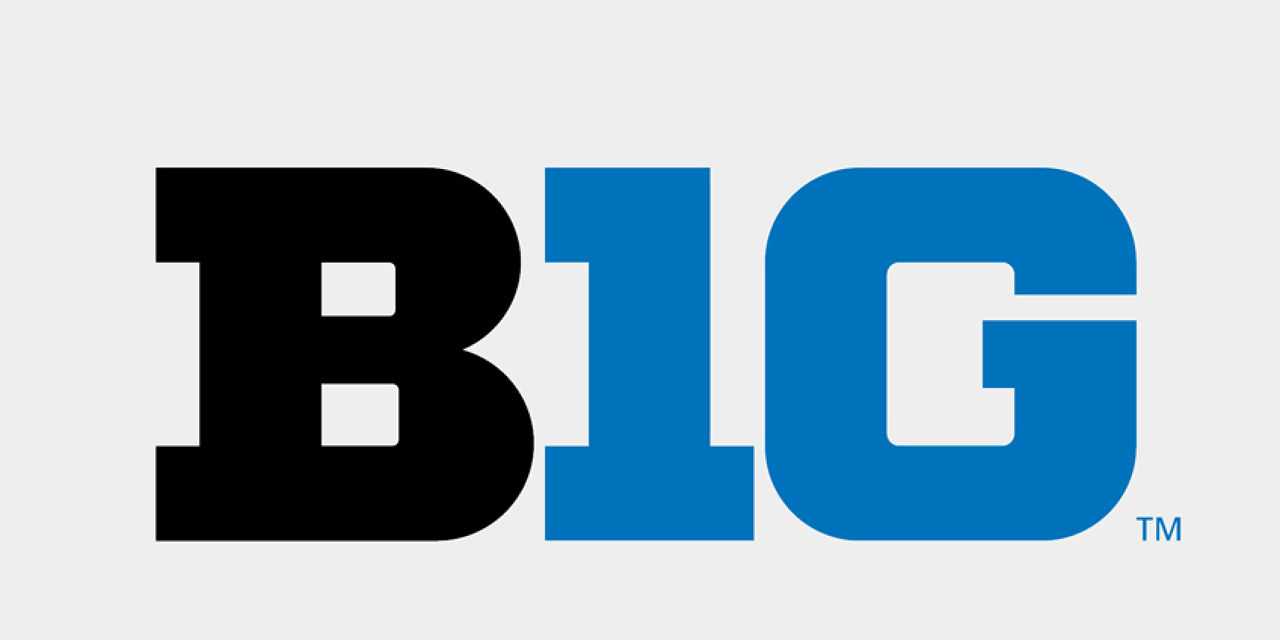With a limited amount of cap space, how will Canucks GM Jim Benning negotiate a contract for Brock Boeser that works for both sides? Vancouver currently projects to have just over $5 million in cap space to start the season, according to Cap Friendly, and they aren’t carrying any contracts that are easy to shed unless they pay a steep price. Boeser has played two full seasons in the NHL, along with a 9 game stint to end the 2016-17 season. He scored 29 goals and 55 points in 62 games in 2017-18, and 26 goals and 56 points in 69 games last season. At 22, he still has room to grow and is probably going to get better. His offensive output warrants a bigger AAV than $5 million. So how will the Canucks make Brock Boeser’s next contract work for both sides?
The issue
It’s not Boeser’s fault that he doesn’t have a deal done. He’s not in a Marner-like holdout. Neither he nor his agent has said anything negative about the situation to the media. There is no player-management animosity. The issue isn’t a difference in perceived value between two sides. The issue is actual space. The Canucks have no extremely high-salary deals on their books, unlike Toronto, Edmonton, or the New York Rangers. In fact, their highest-paid players are currently Louis Eriksson and Tyler Myers, both with $6 million AAVs. The problem is that at least one, but probably both of those contracts exceed the expected performance of those players. Myers is a right-shot defenseman, and while most believe he is heavily overpaid, the right-handed defense is a premium in the NHL, and the Canucks certainly don’t have a surplus of it.
Eriksson, on the other hand, does present some clear issues. At 34, his best years are far behind him, and one does not have to look far to figure out why. In three full seasons since signing a six-year deal worth $6 million per season, he has scored a high of just 11 goals. The Canucks had significantly higher hopes when offering that deal, as Eriksson had come off a 30 goal season with the Boston Bruins, and had previously eclipsed 70 points three times as a Dallas Star. Teams will almost always overpay in free agency, but this deal hasn’t worked out for either side.
Not an easy fix
The easier-said-than-done solution is to trade Eriksson’s contract while trying not to take any salary back, or retain on Eriksson’s deal. But that is a move that would now appear almost impossible, as no team would want to take on the entirety of that deal for the next three seasons.
A buyout provides next to nothing in terms of cap relief for the first two seasons and still hurts the Canucks in year three.

Why is that 3rd year such an issue? Elias Pettersson’s ELC will expire in two more years. For Canucks fans, that should be self-explanatory.
Eriksson aside, there are other contracts, particularly at forward, that impede the Canuck’s quest for cap stability with their stars. There are three other contracts that exceed the level of play of their respective players. Brandon Sutter has two years left on a deal paying him $4.375 million per season. Jay Beagle and Antoine Roussel each have three years left at $3 million per season (the third year in these deals also hurt the Pettersson situation). Beagle and Sutter are both listed as centers. They may take priority over a left-winger like Roussel. If the Canucks can find a way to move one of these contracts, they can create some short-term relief before Pettersson needs to be extended.
Where does Boeser fit in?
Back to the point of the discussion, which is Brock Boeser’s next contract.
If moving any of the aforementioned deals isn’t an option, what is the short-term solution? To re-word that question, what does Brock Boeser’s forthcoming bridge deal look like?
A bridge deal is presumably a lower risk option. Less money over a shorter term, while maintaining the RFA rights of the player. In this case, a two or three-year deal might make sense. A long term deal of five to eight years for Boeser could warrant an AAV of anywhere between $6.5 to $8 million, depending on the term. Two to three years could get Boeser somewhere between $5.25 to $6 million but will force the Canucks’ hand when Boeser is ready to sign a long-term deal that could be extremely expensive.
The solution

The main takeaway from this situation is that Brock Boeser wants to be a Canuck, and if Jim Benning wants to, he will find a way to make it work. He can’t afford to fall in love with the veteran presence on his team if they can’t perform to the standards set by their contracts. He has enough leadership with defensemen Alex Edler, and forward Bo Horvat, whom many believe is the next captain. Benning’s solution to a cap problem is to replace aging veterans with cheaper, younger talent who can produce similar, if not better offensive numbers. This is the model some of the most recent successful franchises in the league. Teams like Pittsburgh and Chicago paid high prices to retain their star players long-term and surrounded them with affordable depth options as support.
If Vancouver believes that their younger core of Boeser, Horvat, and Pettersson are the cornerstones moving forward, they need to show a full commitment to keeping them. Horvat’s deal is an absolute bargain, so they are already off to a good start. If Brock Boeser’s next contract is locked in by puck drop this fall, there’s potential for Vancouver to do some damage in the next two years.






